We suspect anyone who is into powersports at all has heard of injecting a very fine atomized mist of H2O or H2O/Alcohol mix into the intake of very high compression or boosted (gas or diesel) engine to cool the intake charge and increase the effective octane. This allows for timing changes that result in a more efficient/powerful combustion pressure.
What we want to talk about is far less commonly known by these same powersports hoons.
This is a general discussion of the injection of a liquid into the exhaust system of a two-stroke engine which is by no means a new idea. The concept is tested in an SAE paper 931506, Robert Fleck. His paper outlines an experiment to inject H2O into the header pipe of a 125 cc single-cylinder engine, which results in POWER GAINS of up to 24% in the lower RPM range of the engine.
 Exhaust water/meth injection is a way of increasing engine performance that has been used for many years by two-stroke engine watercraft and has been proven very successful in competition. So far as we are aware, it has never been used to any significant extent on two-stroke racing pavement karts, outlaw karts or motorcycles, despite its obvious benefits.
Exhaust water/meth injection is a way of increasing engine performance that has been used for many years by two-stroke engine watercraft and has been proven very successful in competition. So far as we are aware, it has never been used to any significant extent on two-stroke racing pavement karts, outlaw karts or motorcycles, despite its obvious benefits.
Water/Meth Injection Exhaust System
As we hope a majority of you know a two-stroke’s exhaust design centers on the characteristics of a sonic wave through the expansion chamber. These waves travel at a speed, which is affected by the temperature and pressure of the exhaust gasses exiting the pipe. This speed always equals the speed of sound, which is dependent on the temperature of the exhaust gases.
The “Expansion Chamber” design of the two-stroke exhaust enables the sonic waves generated by the engine to be reflected back to the exhaust port via the baffle cone as pulses preventing fresh fuel/oil mixture from escaping down the exhaust pipe before it has been burnt.
In general, a shorter exhaust will result in greater peak power at high engine speed. However, this peak power at high RPM will be at the expense of torque and power at lower engine speeds.
If a liquid is injected into the exhaust gasses at lower RPM, those gases will be cooled. This temperature change will cause a change in the speed of sound inside the pipe, which will slow down the pulses inside the exhaust. This will result in the same effect as would have been achieved if the engine had a longer exhaust, as the pulses would have had to travel further before being reflected back to the exhaust port.
With the correct control system, and dyno experimentation a very short exhaust could be employed on the engine allowing maximum power at high RPM. The speed of sound in the pipe could then be altered by injecting the correct amount of liquid into the pipe to slow the gasses at all lower RPM values. The exhaust pulses would arrive back at the exhaust port at the correct time to have the desired plugging effect boosting low RPM power.
The use of a water/meth injection system would not only provide an increase in torque at lower RPM and horsepower at high RPM, it would also offer enhanced fuel economy and reduced emissions. This is due to the fact that the unburned fuel would be prevented from escaping down the exhaust pipe at lower RPM. Have questions? Drop us a line.

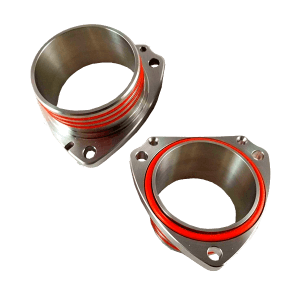
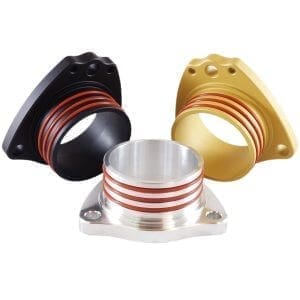
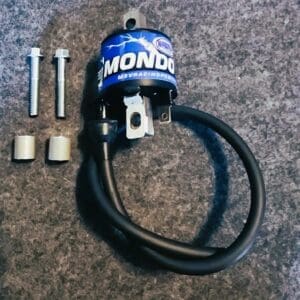

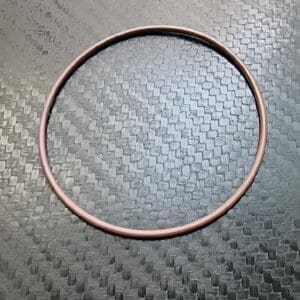
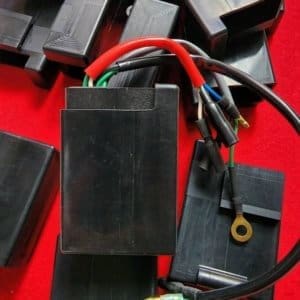

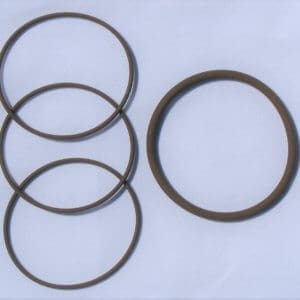

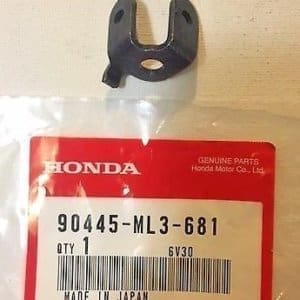
Near perfect explanation. I ran into a tiny orifice in playing/ modding a 50s era Merc outboard and learned what and why it was there. Most outboards dont have room for a bunch of expansion chambers so Merc had to get crafty. Harry Brinkman was king of modding these old 4 cylinder motors and they are still competitive 60 some yes later. Your thoughts on injection remind me exactly of his explanation. Thats a compliment because I consider him one of the original 2 stroke gods. They are dam fun to play with and these old outboards can be fairly cheap as long as you do your homework.
I’m tracking the theory. Why use alcohol at all? Why not just straight water? Isn’t this the same result a power valve is going for by changing the exhaust port at different RPMs?
Alcohol removes more heat than straight H20 and there are bikes like the CR500 that don’t have power valves as well as decades of older 2T dirt bikes.
exelent explanation.
my name is Gustavo from Argrntina.
sorry my English is very bad. jajaja
thank you